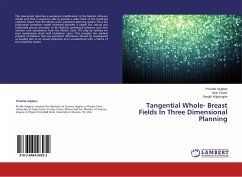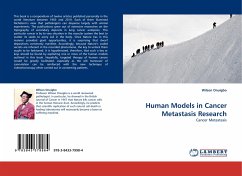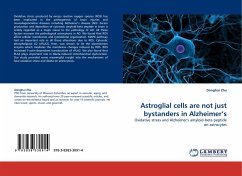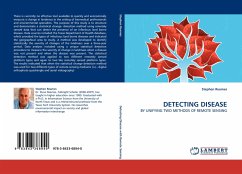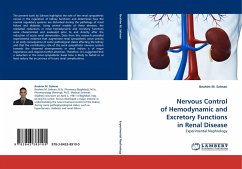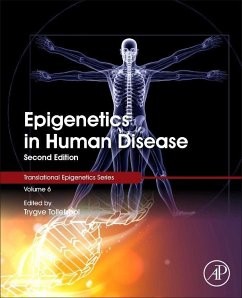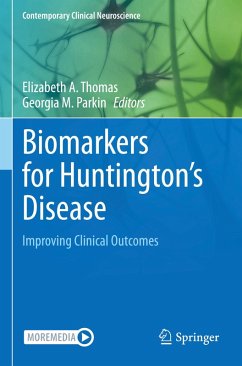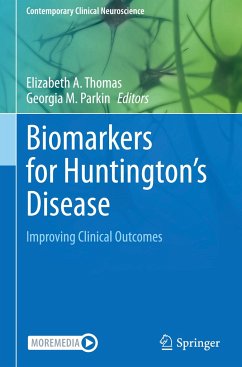
Three Models of Huntington's Disease
The Neuropathological Investigations of Transgenic Murine Models of Disease
Versandkostenfrei!
Versandfertig in 6-10 Tagen
52,99 €
inkl. MwSt.

PAYBACK Punkte
26 °P sammeln!
Huntington's disease (HD) is a purely genetic neurodegenerative disorder affecting approximately 1 in 10,000 people. It is most commonly associated with excessive involuntary movement, or chorea, combined with varying degrees of other motor, psychiatric and cognitive disturbances. Identification of the mutation in the HD gene prompted the generation of several transgenic mouse models. HD is but one of a family of at least 9 triplet repeat disorders, all of which exhibit protein aggregation by a similar mechanism. The understanding of one disease is therefore of importance to the understanding ...
Huntington's disease (HD) is a purely genetic neurodegenerative disorder affecting approximately 1 in 10,000 people. It is most commonly associated with excessive involuntary movement, or chorea, combined with varying degrees of other motor, psychiatric and cognitive disturbances. Identification of the mutation in the HD gene prompted the generation of several transgenic mouse models. HD is but one of a family of at least 9 triplet repeat disorders, all of which exhibit protein aggregation by a similar mechanism. The understanding of one disease is therefore of importance to the understanding of them all. This work aims to be a comprehensive comparative study of three very different mouse models of HD elucidating the pathological changes that precede and accompany the disease process.




